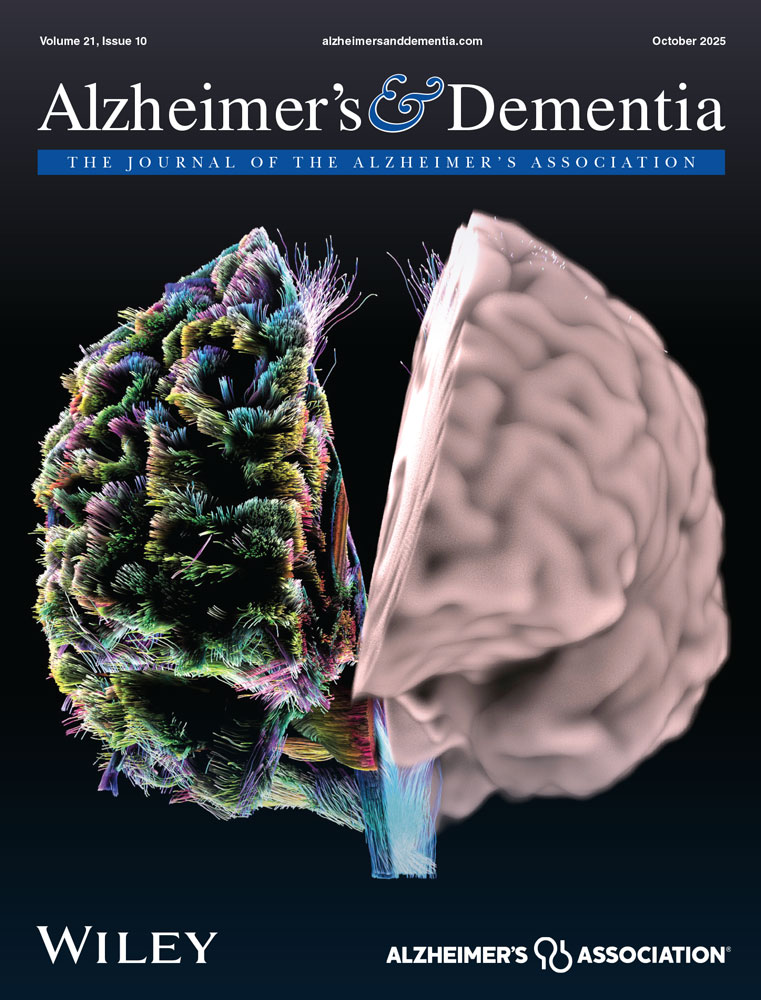
Citation :
Villeneuve, S., Poirier, J., Breitner, J. C., Tremblay‐Mercier, J., Remz, J., Raoult, J., Yakoub, Y., Gallego‐Rudolf, J., Qiu, T., Fajardo Valdez, A., Mohammediyan, B., Javanray, M., Metz, A., Sanami, S., Ourry, V., Wearn, A., Pastor‐Bernier, A., Edde, M., Gonneaud, J., … PREVENT-AD Research Group. (2025). The prevent‐AD cohort: Accelerating alzheimer’s disease research and treatment in Canada and beyond. Alzheimer’s & Dementia, 21(10). https://doi.org/10.1002/alz.70653
Full text : Here
Sylvia Villeneuve, Judes Poirier, John C. S. Breitner, Jennifer Tremblay-Mercier, Jordana Remz, Jean-Michel Raoult, Yara Yakoub, Jonathan Gallego-Rudolf, Ting Qiu, Alfonso Fajardo Valdez, Bery Mohammediyan, Mohammadali Javanray, Amelie Metz, Safa Sanami, Valentin Ourry, Alfie Wearn, Alexandre Pastor-Bernier, Manon Edde, Julie Gonneaud, Cherie Strikwerda-Brown, Christine L. Tardif, Claudine J. Gauthier, Maxime Descoteaux, Mahsa Dadar, Étienne Vachon-Presseau, Andrée-Ann Baril, Simon Ducharme, Maxime Montembeault, Maiya R. Geddes, Jean-Paul Soucy, Natasha Rajah, Robert Laforce, Christian Bocti, Christos Davatzikos, Lune Bellec, Pedro Rosa-Neto, Sylvain Baillet, Alan C. Evans, D. Louis Collins, M. Mallar Chakravarty, Kaj Blennow, Henrik Zetterberg, R. Nathan Spreng, Alexa Pichet Binette, the PREVENT-AD Research Group
published in Alzheimer’s & Dementia, September 2025.
ABSTRACT :
The PResymptomatic EValuation of Experimental or Novel Treatments for Alzheimer’s Disease (PREVENT-AD) is an investigator-driven study that was created in 2011 and enrolled cognitively normal older adults with a family history of sporadic AD. Participants are deeply phenotyped and have now been followed annually for more than 12 years (median follow-up 8.0 years, SD 3.1). Multimodal magnetic resonance imaging (MRI), genetic, neurosensory, clinical, cerebrospinal fluid, and cognitive data collected until 2017 on 348 participants who agreed to open sharing with the neuroscience community were already available. We now share a new release including 6 years of additional follow-up cognitive data, and additional MRI follow-ups, clinical progression, new longitudinal behavioral and lifestyle measures (questionnaires, actigraphy), longitudinal AD plasma biomarkers, amyloid-beta and tau positron emission tomography (PET), magnetoencephalography, as well as neuroimaging analytic measures from all MRI modalities. We describe the PREVENT-AD study, the data shared with the global research community, as well as the model we created to sustain longitudinal follow-ups while also allowing new innovative data collection.
